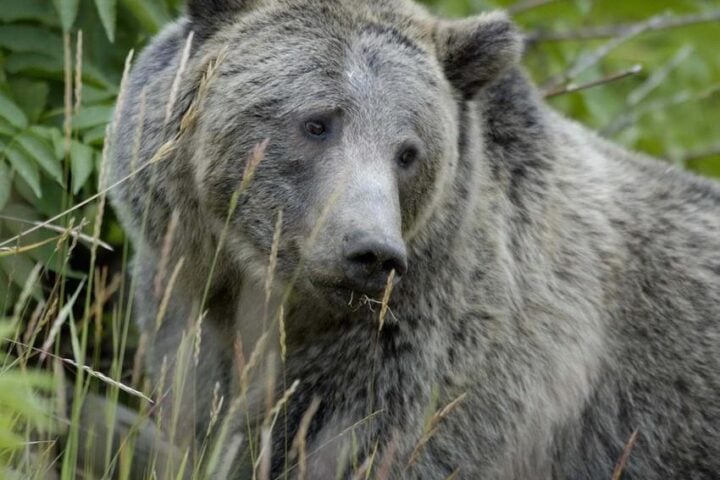The Iberian lynx population in the Iberian peninsula surpassed 2,000 individuals in 2023, marking a maximum number since detailed monitoring began, which distances the species from the risk of extinction. This is reflected in the report prepared by the Iberian lynx working group, coordinated by the Ministry for Ecological Transition and the Demographic Challenge (MITECO) and composed of representatives from Spanish autonomous communities and the Institute for Nature Conservation and Forests (ICNF) of Portugal.
The assessment shows that 2,021 lynxes were censused, distributed in Spain (1,730, representing 85.6%) and Portugal (291). The Spanish autonomous communities with stable populations of the species are four. Andalusia hosted 755 individuals, representing 43.6% of the Spanish population, while Castilla-La Mancha recorded 715 lynxes (41.3%). In Extremadura, 253 individuals were censused, and in the Region of Murcia, seven.
Of the total census, 1,299 lynxes were adults or subadults, with a sex ratio of 1.01 in favor of females (602 males and 611 females that could be sexed). The number of breeding or territorial females in 2023 rose to 406, which is 80 more than in 2022, gradually approaching the preliminary target of 750 breeding females to consider the lynx in a favorable conservation status. The number of cubs born in 2023 also increased to 722, with a fertility rate of 1.77 calculated as the number of cubs born per territorial female.
The lynx population continues to expand both numerically and territorially. There are now 14 different geographical areas where the species reproduces and new stable presence areas in the Region of Murcia and the provinces of Albacete, Badajoz, Toledo, and Ciudad Real.
The population trend has been positive and continuous since 2015, allowing optimism for the reduction of the extinction risk of the Iberian lynx. Over a period of about 20 years, the population has grown from less than 100 individuals recorded in 2002 to over 2,000 in 2023. The increase in recent years is even more notable, as the total population was 1,111 lynxes in 2020, and three years later, almost 900 more individuals have been added to the Iberian population.
Similar Post
The recovery of the Iberian lynx population in Spain and Portugal constitutes one of the best examples of conservation efforts for endangered species in the world. It has been made possible by the coordinated efforts of competent public administrations, interested sectoral entities, private landowners and managers, and society in general. The financial contribution of Spanish and Portuguese administrations and the European Union, through the LIFE program, has allowed the execution of monitoring and research work and the improvement of survival, reproduction, and habitat conditions.
The ex situ conservation program, which includes captive breeding and the reintroduction of individuals, has also been a key factor in the recovery of the lynx. Captive breeding represents a significant economic effort for the administrations funding this cost with their own resources, including the ICNF of Portugal at the Silves breeding center, the Junta de Andalucía at the La Olivilla center (Jaén), and the Autonomous Agency of National Parks of MITECO at the centers of Zarza de Granadilla (Cáceres) and El Acebuche (Huelva).
Since the first releases of captive-born individuals into the wild began in 2011, 372 individuals have been reintroduced by 2023. The initially selected reintroduction areas were Vale do Guadiana in Portugal, Guarrizas and Guadalmellato in Andalusia, Montes de Toledo and Eastern Sierra Morena in Castilla-La Mancha, and Matachel in Extremadura. Recently, new reintroduction areas approved by the Iberian lynx working group have been incorporated, meeting ecological and social requirements for reintroduction. Thus, the Sierra Arana in Andalusia, Valdecañas-Ibores and Ortiga in Extremadura, Tierras Altas de Lorca in the Region of Murcia, and Campos de Hellín in Castilla-La Mancha now have released and settled Iberian lynxes. Other connection zones also host lynxes stably, either through releases of captive-born individuals or natural settlements of wild individuals, in the provinces of Seville, Toledo, or in the Cabañeros National Park.
It is expected that the number of selected areas for reintroduction will increase in the coming months and years, due to the interest of several autonomous communities in evaluating the suitability of lynx recovery in their territories.
The technical report prepared within the Iberian lynx working group in Spain and Portugal, composed of competent environmental administrations, as per MITECO website.
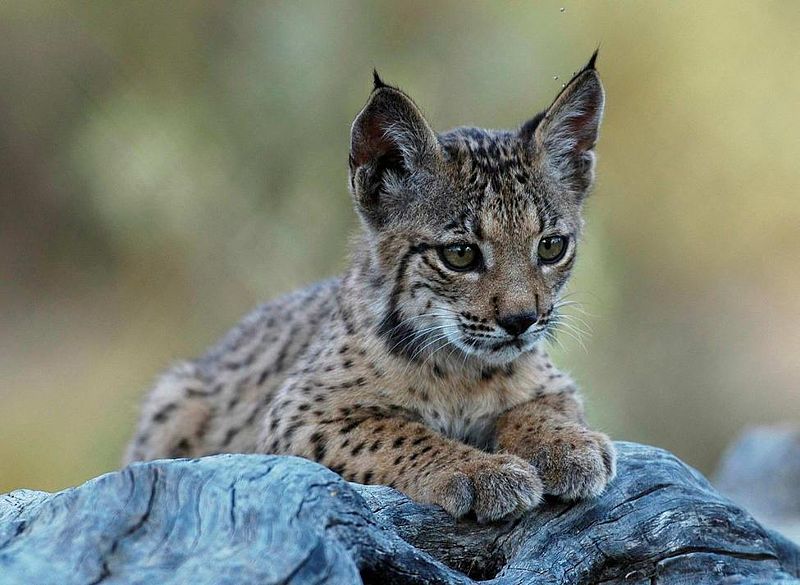


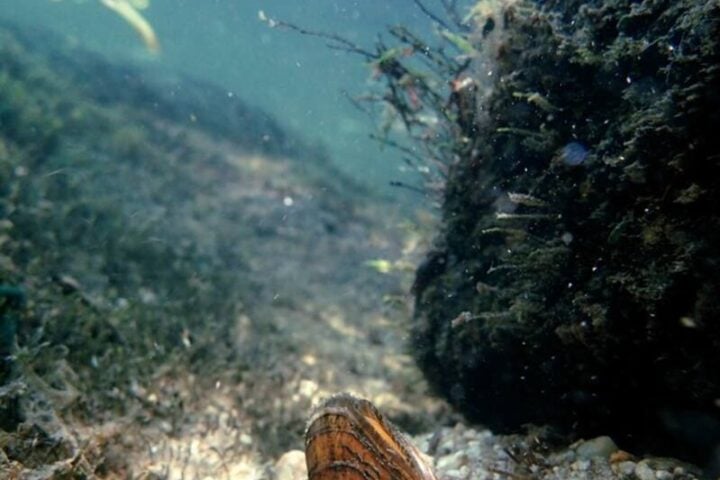
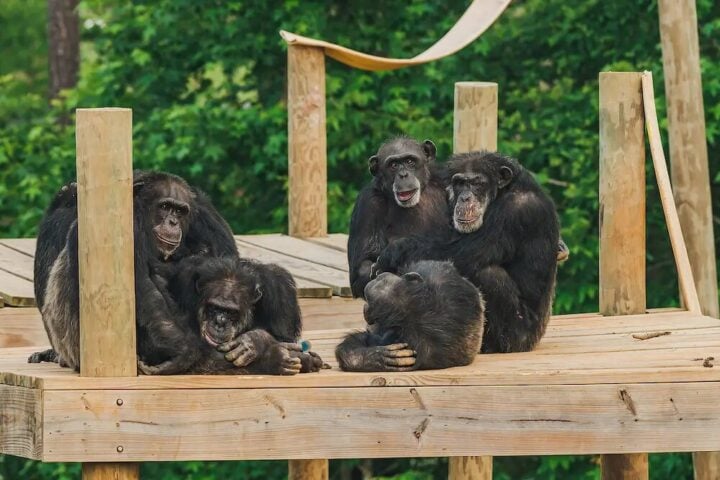


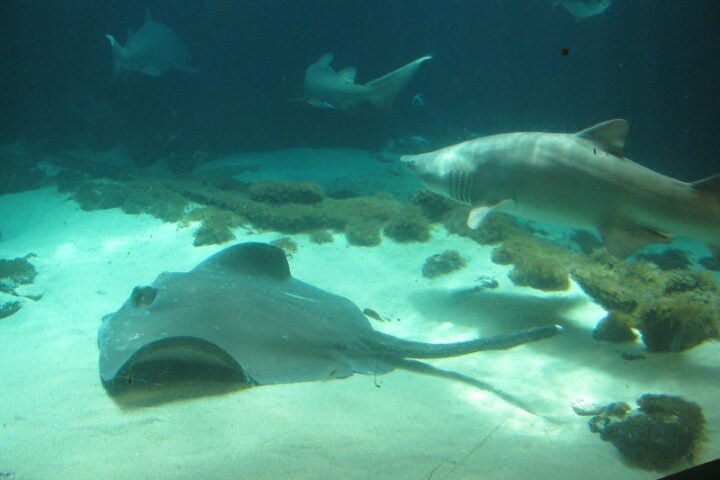
![Representative Image: European Starling [49/366]. Photo Source: Tim Sackton (CC BY-SA 2.0)](https://www.karmactive.com/wp-content/uploads/2025/04/Starlings-Drop-82-in-UK-Gardens-as-Birdwatch-2025-Reveals-Record-Low-Count-Since-1979-720x480.jpg)
